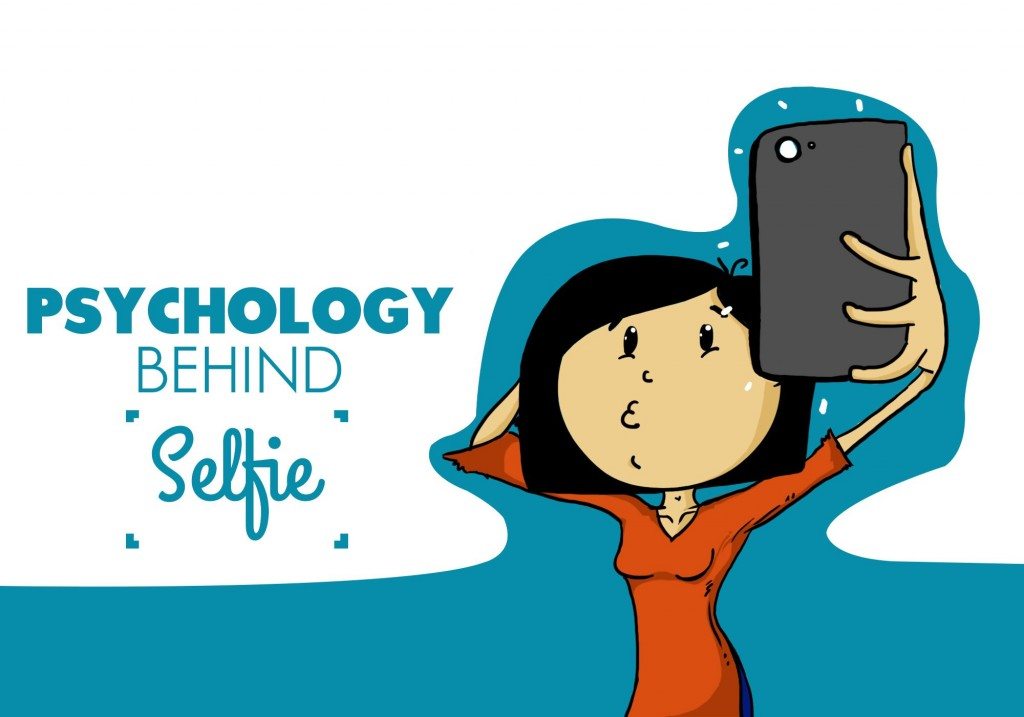
Selfies have become an integral part of modern culture, with people of all ages taking and sharing pictures of themselves on a daily basis. But what drives this trend? Here is a look at the psychology behind taking selfies.
The Need for Self-Expression
One of the primary reasons people take selfies is as a way to express themselves and showcase their personality. By sharing selfies on social media, people can present a carefully curated version of themselves to the world, choosing how they want to be perceived. This allows them to share their interests, passions, and sense of style with others.
The Desire for Attention and Validation
Another reason people take selfies is for attention and validation. By sharing selfies on social media, people can receive likes, comments, and followers, which can boost their self-esteem and make them feel more popular. This validation from others can be especially important for people who may not receive a lot of attention or validation in their offline lives.
The Need for Control
Taking selfies also gives people a sense of control over their image. By choosing the angle, lighting, and background, people can present themselves in the best possible light. This can be especially appealing for people who may not feel comfortable in front of a camera or who have low self-esteem.
The Role of Social Comparison
Social media also plays a role in the psychology of taking selfies, as people often compare themselves to others. By seeing other people’s selfies, people may feel pressure to present themselves in a certain way or to meet certain standards of attractiveness. This can lead to feelings of inadequacy or a desire to improve one’s appearance through filters or editing.
Lighting of Selfies
Good lighting is essential for taking great selfies. Natural light, such as sunlight or soft light from a window, is the best option as it provides a soft and even light that can be flattering on the skin. If natural light is not available, using a ring light or a portable LED light panel can also be effective. It is important to experiment with different lighting angles and positions to find the best look for your selfies. Additionally, using a flash should be avoided as it can create harsh shadows and cause red-eye.
Conclusion
The psychology behind taking selfies is complex and multifaceted. From the need for self-expression to the desire for attention and validation, there are many factors that drive this trend. It is important to remember, however, that selfies should not be the sole source of self-esteem or validation, and it is important to find a healthy balance when it comes to taking and sharing them.